Society perceives mining as an industry aimed at pillaging the Earth for its resources with no regard for the environment and the people it impacts. However, most Earth scientists, especially young professionals, entered this industry because of their passion for the Earth.
By no means is our industry perfect, but over the past few decades, we have seen many positive advancements in our industry. Stronger environmental regulations, increased stakeholder engagement, adoption of environmentally friendly mining practices, and an awareness of the importance of critical and green energy minerals to Canada’s clean future demonstrate our desire to evolve.
Unfortunately, positive cases like these are not shown in mainstream news. Instead, conflict-oriented incidents are featured and impose a strongly negative view of mining. With that said, what is the solution? How can we showcase the positives our industry has to offer? The answer is simple: geoscience communication.
Rooted in science communication, geoscience communication informs, educates, and raises awareness of geoscience among non-experts. Outreach, public engagement, K-12 educational resources, professional development workshops, geotourism/geo heritage, policy engagement, and knowledge translation are common approaches to communicating geoscience. I propose several options for engagement with public audiences to address our image problem.
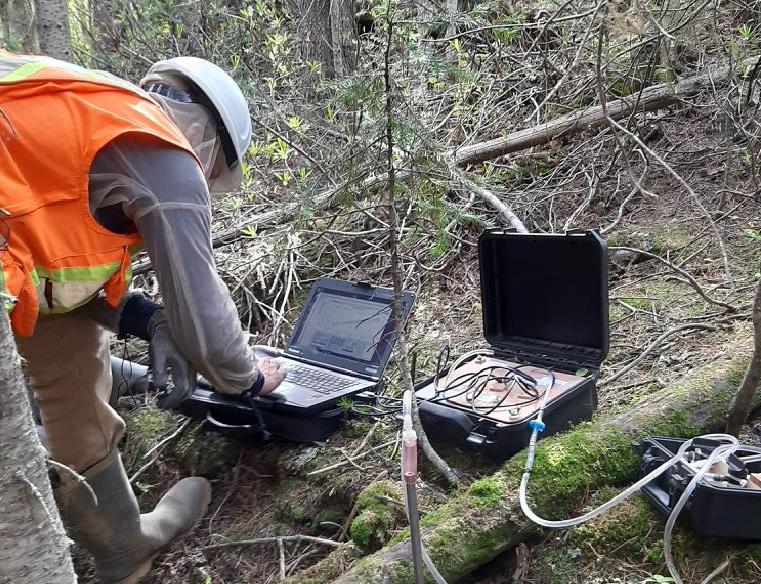
Geoscience BC has successfully demonstrated how an ordinary brewery and greenhouse gas meter can aid in finding new mineralized deposits. Courtesy: Geoscience BC
The first opportunity for educating citizens on geoscience topics originates in the K-12 education system. Young students entering universities are eco-friendly but perceive the mining industry as harmful to the environment. This stance is likely due to media coverage, misinformation, and the absence of Earth sciences in their science curricula. As a result, we are losing out on a cohort of young green scientists who don’t consider mining a worthwhile career. However, if educators receive proper training and are provided tactile, societally relevant, and curriculum-tied educational resources, they can inspire young scientists to join our industry. Instead of explaining our industry’s importance when defending ourselves in media when a dispute arises, why don’t we look upstream and tackle our image problem at the source? That would ensure the public receives a holistic understanding of our country’s current issues and how our industry can overcome these problems. We can gain public support by improving our engagement and using targeted communication.
There are also many venues for informal education across Canada, with a significant presence of museums, national and provincial parks, geological surveys, sites of geologic wonder, and online platforms. For example, GeoParks are an excellent platform for partnering with Indigenous communities and highlighting their stories. Educational resources developed for these forums could be inquiry and place-based, and co-created with Indigenous communities. Storytelling has historical and modern significance to Indigenous cultures and ties in well with the phrase Saxa loquuntur – Latin for “The stones speak” — which implies rocks tell a story. Braiding stories and cultural understandings with traditional geoscience would allow for a richer and shared experience of the world.
Furthermore, place-based education encourages a strong relationship with surrounding landscapes and provides local context to global events. By bringing relevant and engaging geoscience to these venues, we can create more opportunities for open dialogue surrounding complex societal issues, such as climate change and sustainable mining.
Remote communities are typically most impacted by land-use activities, yet many have limited possibilities for geoscience education due to inadequate infrastructure and less funding for educational resources. Even though research by the Canadian Teachers’ Federation shows 16.3% of K-12 students in every classroom have been identified as having a disability, there are minimal geoscience educational opportunities tailored to such individuals. Targeted geoscience communication towards those students and other under-represented groups could promote new insights for audiences previously unconsidered.
Tremendous potential exists for geoscientists to influence policy. Graduate students and professors are inarguably experts in their fields and lead innovative geoscience research, which should inform the approaches and technologies used in the mining sector. However, geoscientists in academia have limited opportunities to communicate with politicians. As a result, society doesn’t benefit from the research their taxpayer dollars fund. If we could create more opportunities for engagement, such as policy communication courses, and internships or fellowships at various government levels, we could bring research to the forefront of mining-related policies.
Imagine how our society could change if we valued geo-literacy! Improving geoscience content in the K-12 education system would result in higher enrolment in post-secondary Earth science departments, meeting increasing demands for an innovative workforce in an evolving industry. In addition, these young adults would be confident in engaging in geoscience dialogue, resulting in greater support for land-use activities and meaningful civic engagement. Integrating Indigenous ways of knowing with geoscience educational resources could establish strong connections with Indigenous communities. Trusting relationships are imperative for continued collaboration between the mining industry and Indigenous communities. Creating opportunities for researchers to communicate with politicians will encourage a future of evidence-based policies. Consequently, this could promote more positions for geoscientists in government (who are currently under-represented) to analyze the value of these policies. Finally, we can facilitate collaborative learning within families and social groups by communicating with the public and encouraging insightful conversations.
While their efforts are laudable, most geoscience communication initiatives in Canada are done by small not-for-profit organizations that produce tremendous results with inadequate resources. However, if government, industry, academic, and not-for-profit sectors collaborate and provide increased funding for geoscience communication initiatives, we can solve our image problem. In addition, geoscience literacy has implications for future relations between scientists, the public, Indigenous peoples, policy-makers, and the geoscience sector.
In this age of misinformation, it is time to support geoscience communication and its ability to unearth Canada’s resources and their role in driving our economy and national security.
Courtney Onstad is a PhD student in the Department of Earth Sciences at Simon Fraser University, studying geoscience communication in B.C., and won the 2021 Northern Miner scholarship, part of the YMP Scholarship Fund awards, for this essay. Her research focuses on how science communication theory can inform geoscience communication practice in informal educational settings. Courtney hopes to pursue a career which unites her passion for research and her love of bringing geoscience to the public.

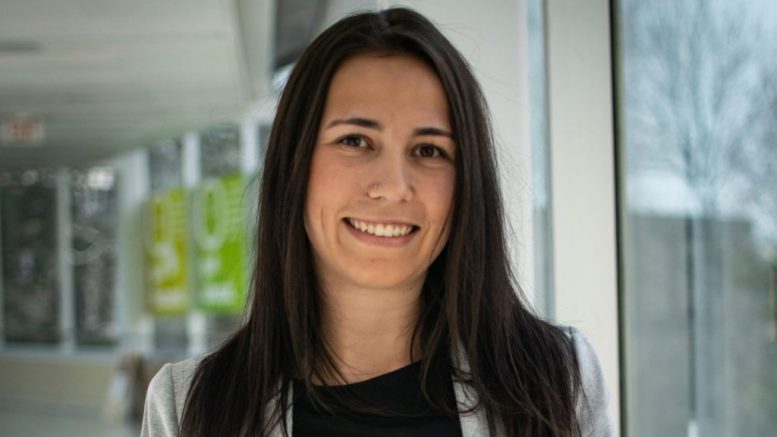
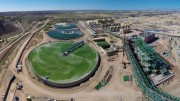
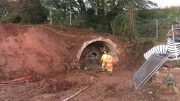
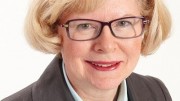
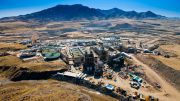
Be the first to comment on "Better geoscience communication can solve the mining industry’s image problem"